As we approach the mid-2020s, the global tea landscape is experiencing a fascinating convergence of traditional British tea culture and modern innovations like bubble tea. This fusion is giving rise to a new, vibrant tea culture that blends centuries-old traditions with contemporary trends12.
The traditional British tea culture, known for its afternoon tea rituals and delicate porcelain cups, is now intermingling with the playful and innovative spirit of modern tea drinks. Bubble tea, originating from Taiwan, has taken the world by storm, particularly captivating younger generations with its chewy tapioca pearls and customizable flavors4.
This cultural fusion is manifesting in several ways:
- Innovative Flavors: Traditional tea houses are experimenting with bubble tea-inspired flavors, while bubble tea shops are incorporating classic British tea blends into their menus1.
- Sustainability Focus: Both traditional and modern tea establishments are emphasizing sustainable sourcing practices, appealing to environmentally conscious consumers12.
- Health and Wellness: The trend towards functional teas is bridging the gap between traditional herbal infusions and modern health-focused beverages14.
- Tea Mixology: The rise of tea cocktails and mocktails is blending the sophistication of British tea culture with the creativity of bubble tea preparations12.
- Customization: The bubble tea trend of personalized drinks is influencing traditional tea services, allowing for more individual preferences in brewing and serving methods4.
- Social Media Influence: Instagram-worthy presentations are becoming important in both traditional tea rooms and modern bubble tea shops, driving a visual revolution in tea service16.
This evolving tea culture is particularly resonating with Millennials and Gen Z, who appreciate both the heritage of traditional tea and the innovation of modern interpretations3. They are driving demand for high-quality, ethically sourced teas while also seeking out novel experiences and flavors3.
As this fusion continues, we can expect to see more creative tea offerings that respect tradition while embracing modernity. The future of tea culture looks to be a diverse and exciting landscape, where a cup of tea can be both a timeless ritual and a trendy, personalized experience8.
This blending of cultures not only enriches the tea industry but also fosters cross-cultural understanding and appreciation. As tea continues to evolve, it remains a beloved beverage that brings people together, transcending generations and cultural boundaries8.
Citations:
- https://pos.toasttab.com/blog/on-the-line/tea-trends
- https://www.halmaritea.com/blog/tea-trends/
- https://hospitalityinsights.ehl.edu/tea-industry-trends-and-challenges
- https://www.mintel.com/insights/food-and-drink/exploring-tea-consumption-global-tea-market-trends/
- https://www.ritsumei.ac.jp/acd/re/ssrc/result/memoirs/tokusyuugou201707/tokusyuugou201707-09.pdf
- https://www.worldteanews.com/business-strategy/tea-trends-modern-tea-business-whats-been-brewing-2023
- https://www.globaltimes.cn/page/202406/1313941.shtml
- https://www.itsallgoodsinc.com/insights/exploring-global-tea-culture-traditions-modern-practices
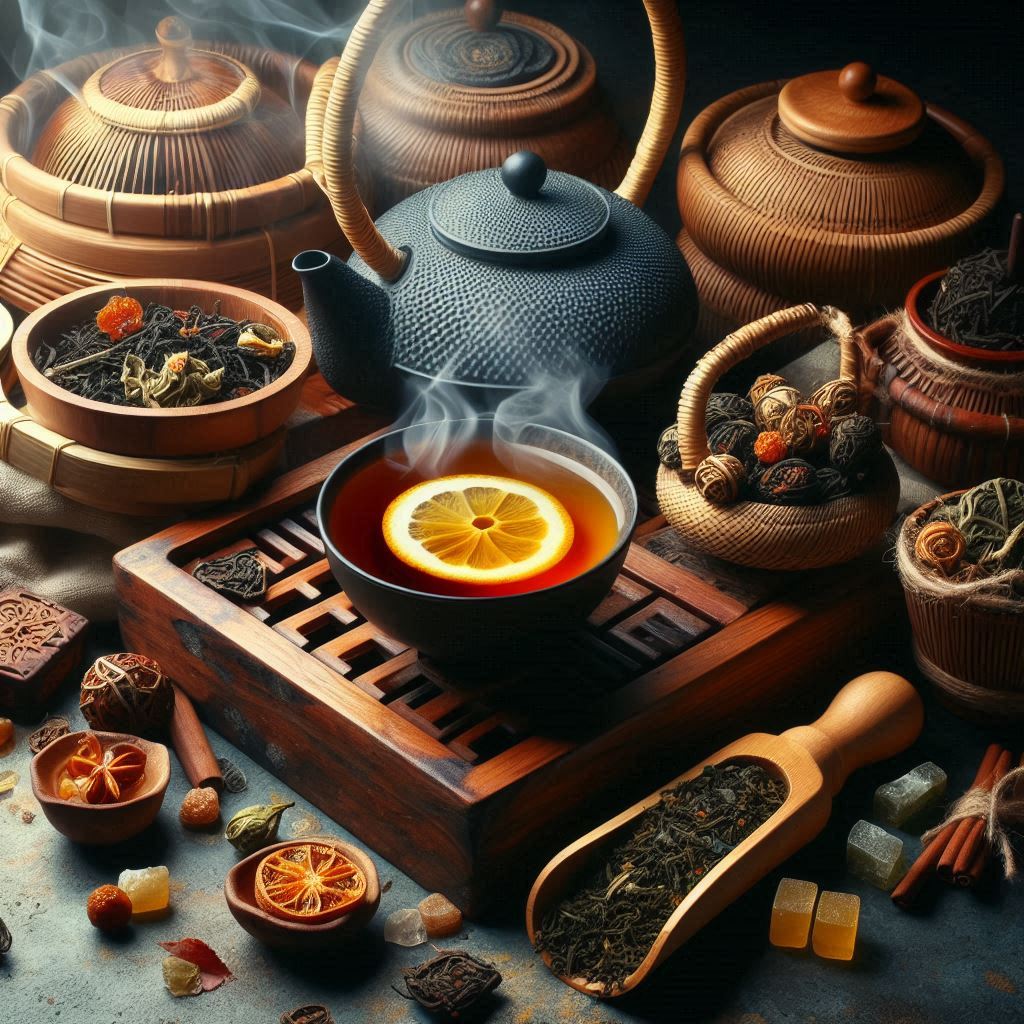
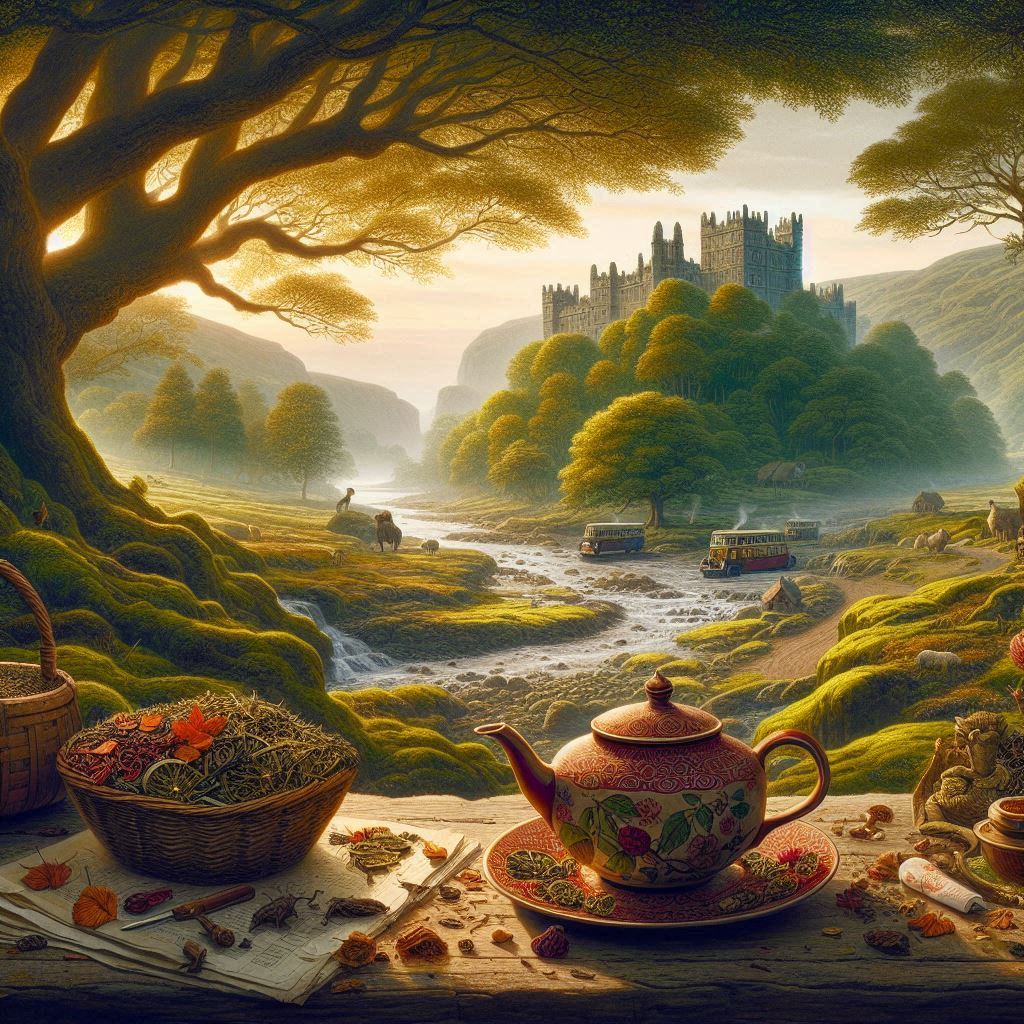
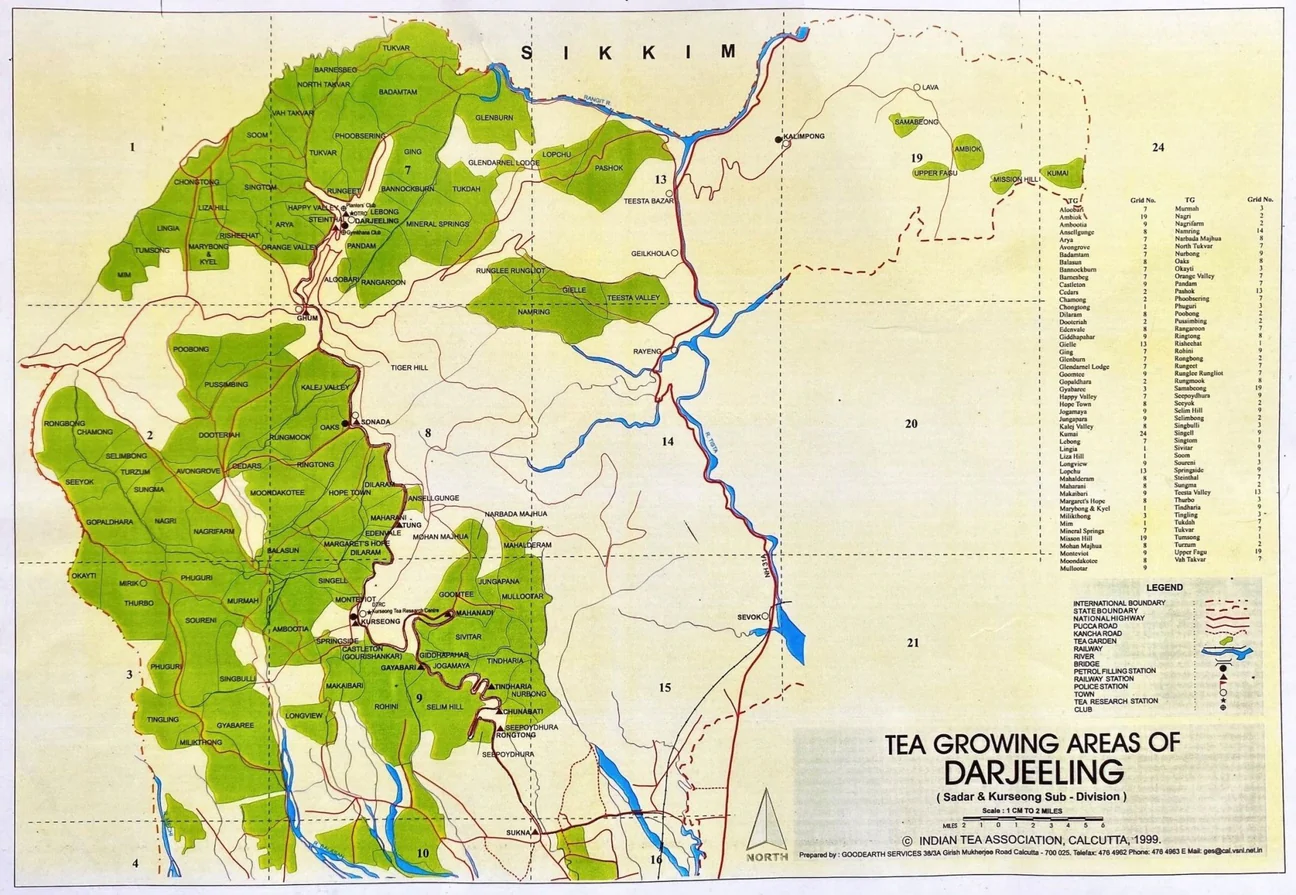
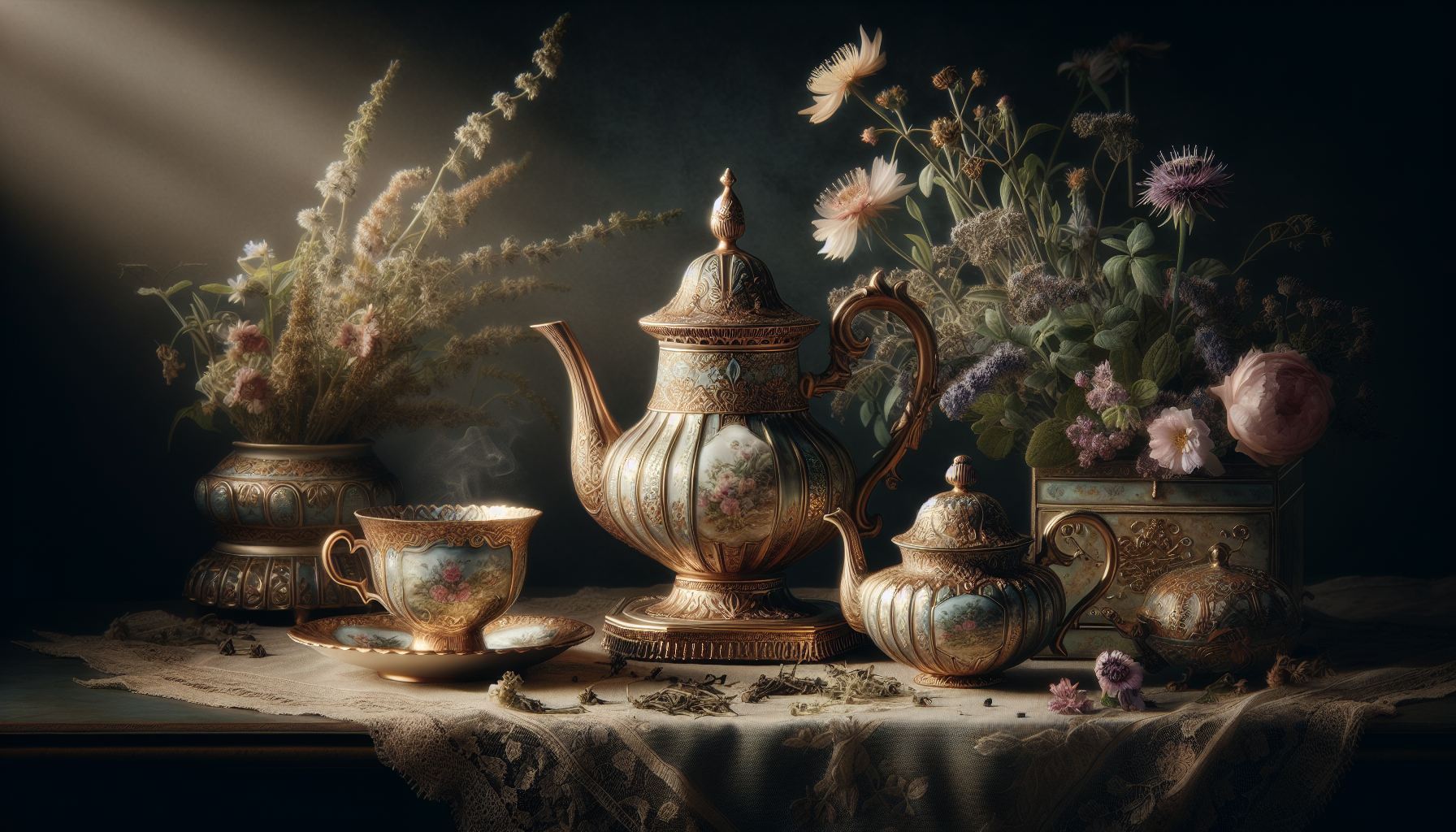
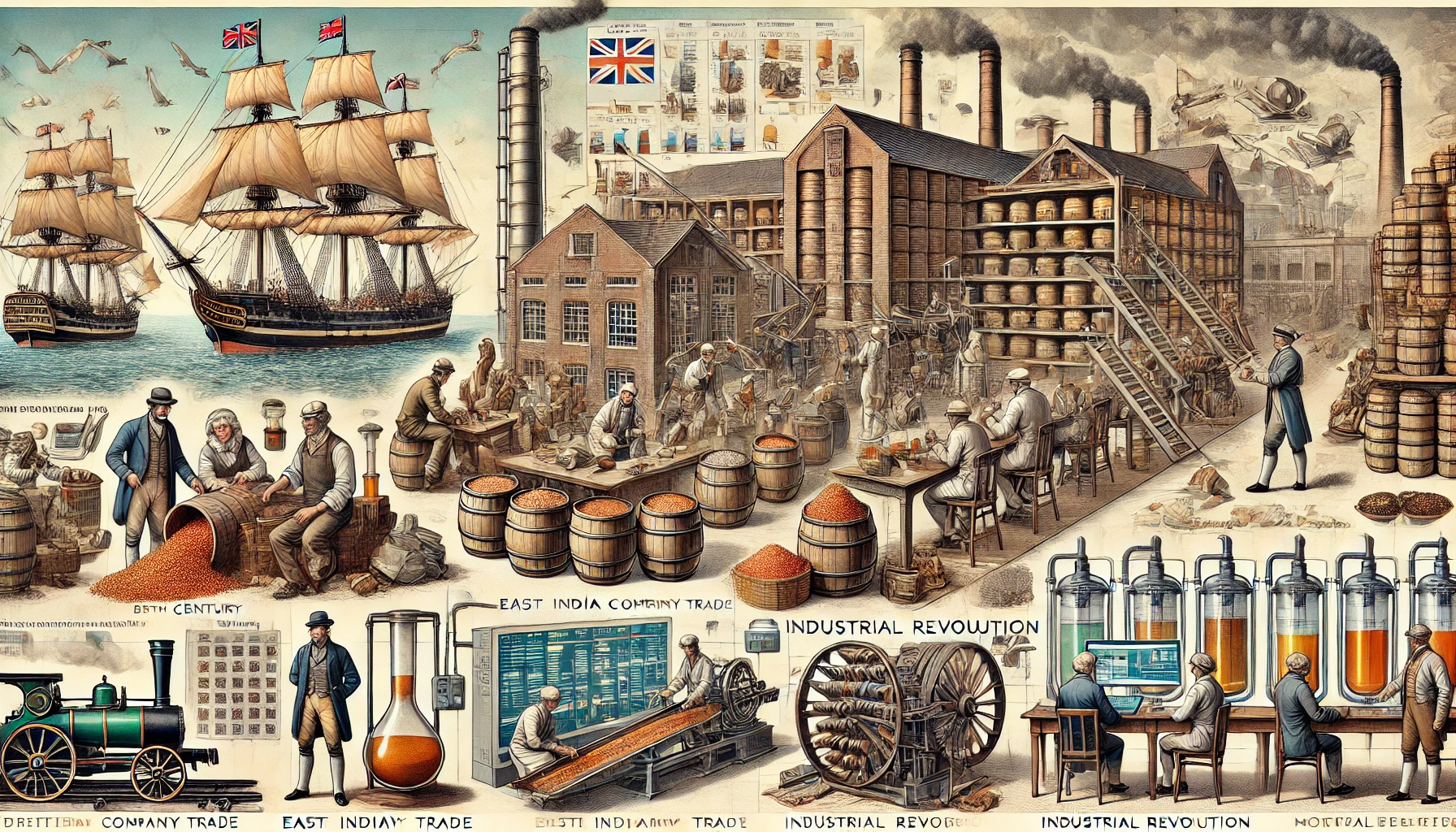
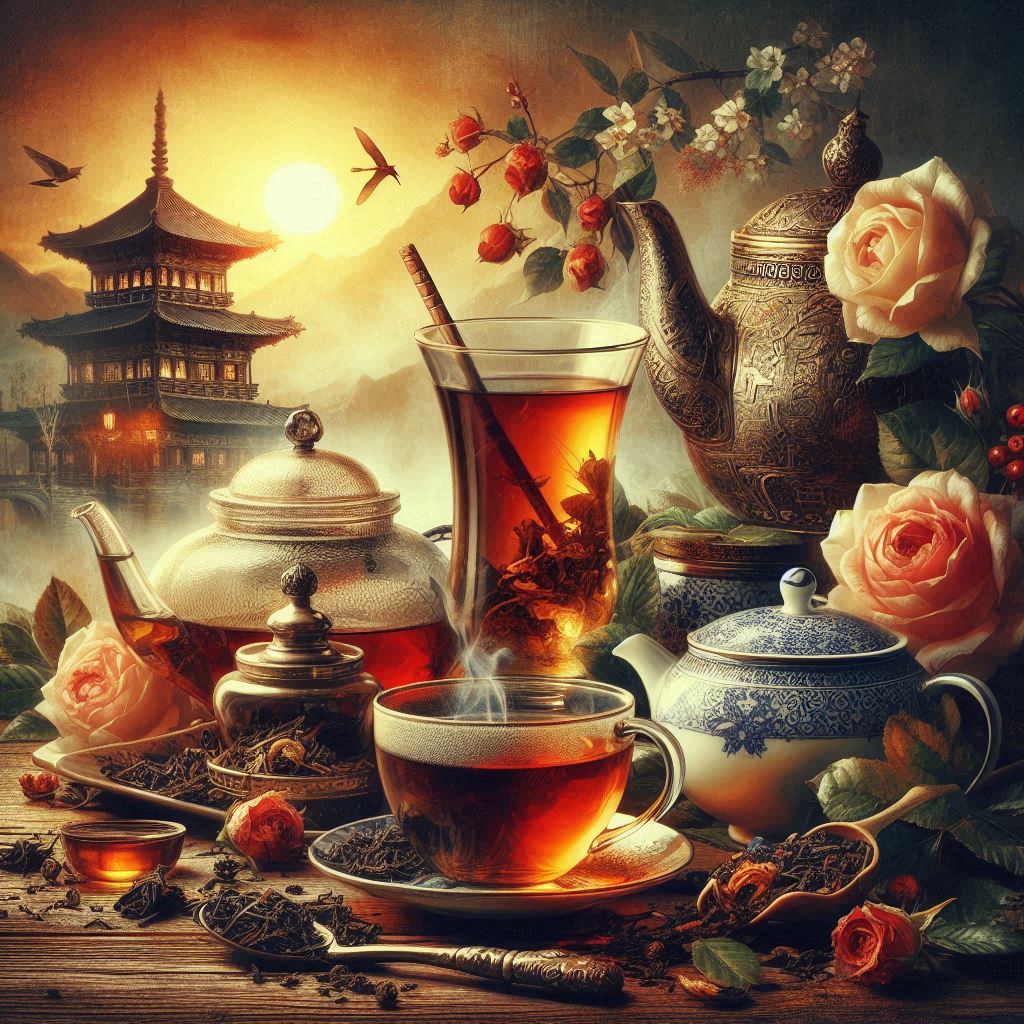
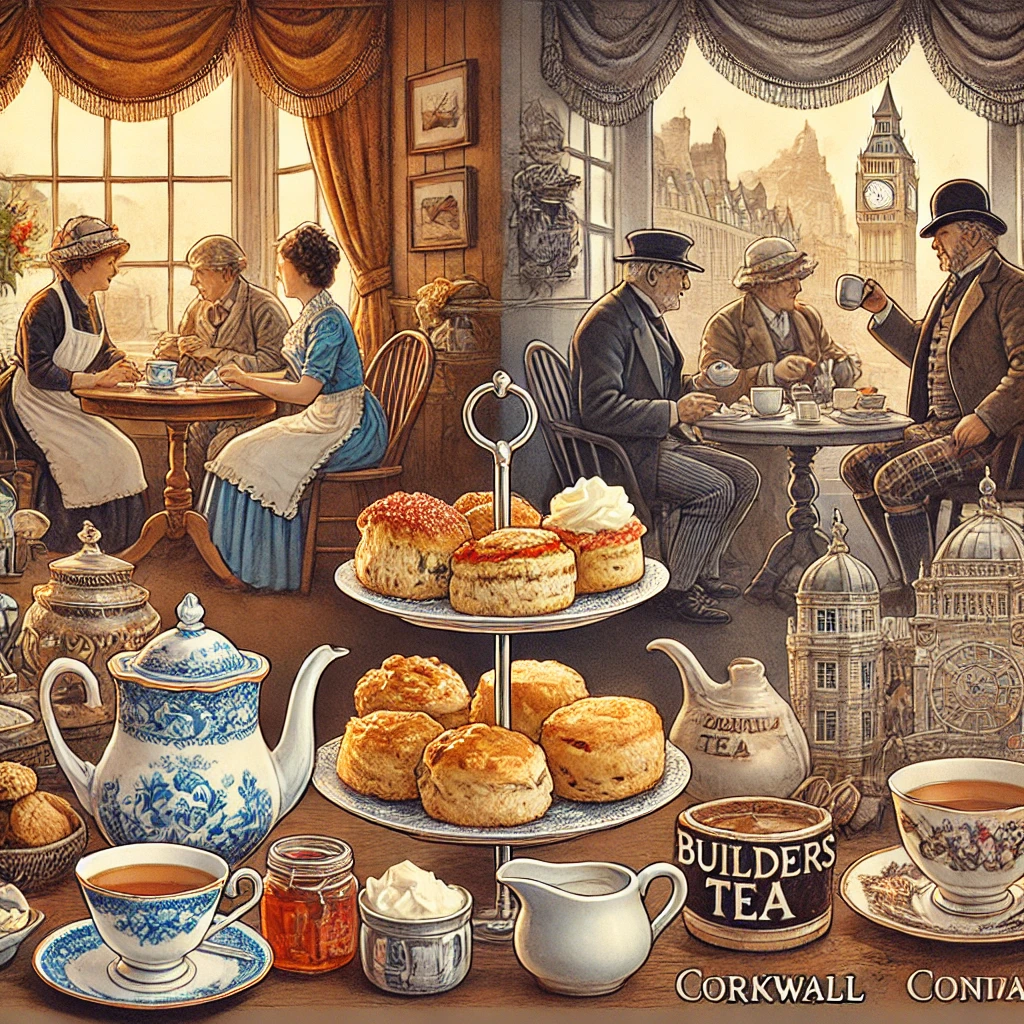
コメント